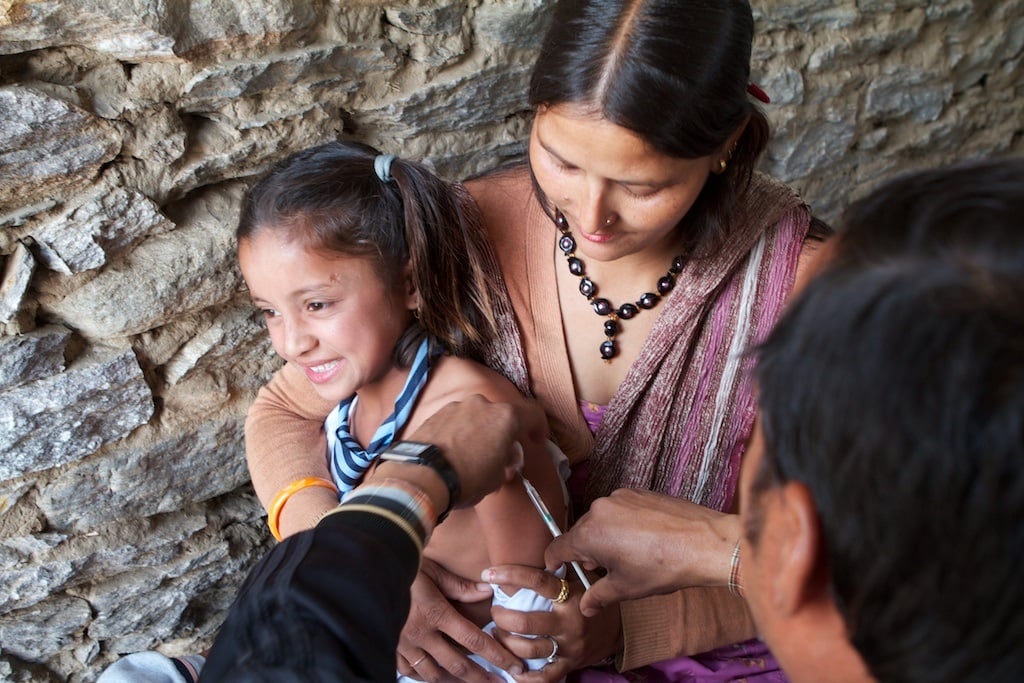Nepal Achieves Rubella Elimination as WHO South-East Asia Region Redoubles Efforts to End Measles and Rubella by 2026
The World Health Organization (WHO) South-East Asia Region has reaffirmed its commitment to eliminate measles and rubella by 2026, announcing significant progress at the 10th meeting of the Regional Verification Commission for Measles & Rubella Elimination (22–24 July 2025).
The Regional Verification Commission for Measles & Rubella Elimination evaluated performance against established criteria set out in the
Regional Framework for Verification of Measles and Rubella Elimination
[1], based on progress report submitted by the national verification committees (NVCs) of all ten Member States.
In a landmark public health achievement, Nepal has been verified as having eliminated rubella, joining a distinguished list of countries in the region. Four countries—Bhutan, DPR Korea, Maldives, and Timor-Leste—have eliminated measles, while six—including Nepal—have now eliminated rubella.
Rubella, or German measles, is a contagious viral infection that, while generally mild in children and adults, poses severe complications when contracted during pregnancy, such as miscarriage, stillbirth, or a range of lifelong congenital defects.
The Commission commended the region’s progress but warned that urgent, accelerated actions are essential to meet the 2026 elimination goal, especially given recent setbacks from global geopolitical events and funding challenges. Governments and partners are strongly urged to maintain robust collaboration and ensure sustainable support.
Nepal’s Rubella Elimination: A Model of Public Health Leadership
Nepal’s success is attributed to the strong leadership of the Government and the steadfast commitment of its health-care workers and volunteers working together with partners, at all levels, to implement strong vaccine-preventable disease surveillance and increase access to immunization services. Nepal had also successfully controlled Rubella and Congenital Rubella Syndrome in 2018. Key milestones include:
- Introduction of the rubella-containing vaccine in 2012 through a nationwide campaign targeting children aged 9 months to 15 years.
- Second dose of rubella-containing vaccine added to the routine schedule in 2016.
- High-coverage, four-yearly follow-up campaigns in 2012, 2016, 2020, and 2024, including during emergencies such as the 2015 and 2023 earthquakes.
- By 2024, Nepal achieved over 95% coverage for at least one dose of rubella vaccine, sufficient to create herd immunity.
- Innovative strategies such as annual Immunization Month, outreach to vaccinate missed children, and the declaration of fully immunized districts, reflecting strong political and social commitment.
On the surveillance front, Nepal began laboratory-supported, case-based rubella surveillance in 2004 and congenital rubella syndrome surveillance in 2014, consistently exceeding elimination standard performance targets. A robust laboratory testing algorithm recently introduced by Nepal as the first country in the Region, ensures more robust identification of true rubella cases.
However, to sustain gain, Nepal will need to develop a post-elimination sustainability plan with well-defined road map to implement the plan.
